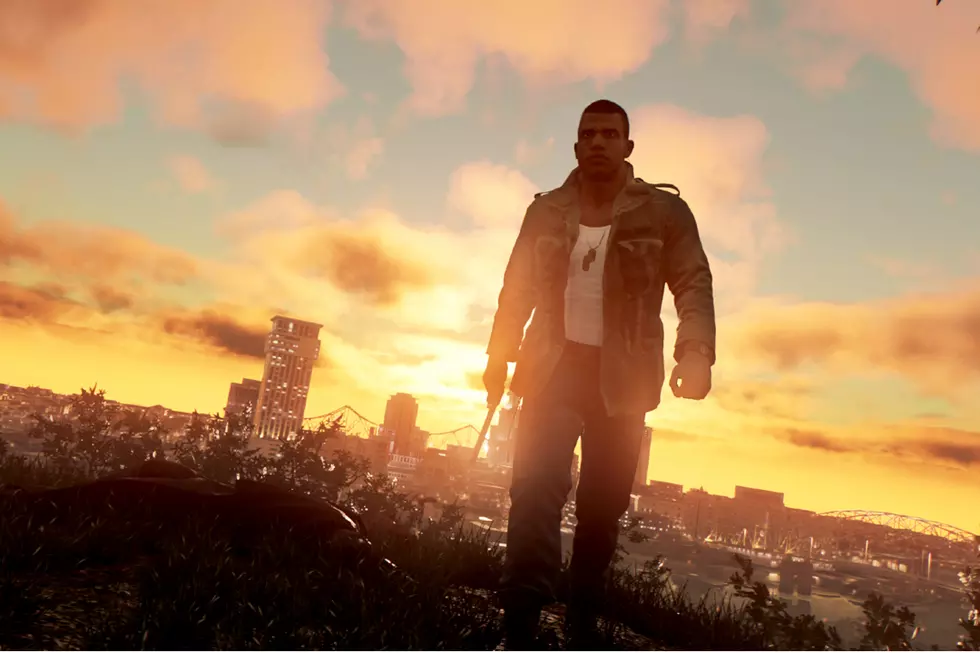
Max: The Curse of Brotherhood Review
Press Play has released their successor to their original WiiWare and iOS platformer, Max & the Magic Marker. As one of the first next-gen platforming titles, we were eagerly anticipating to see how the genre would leap onto the newest threshold of entertainment. And while The Curse of Brotherhood certainly looks like it is worthy of being labelled an Xbox One exclusive (until it gets released on the Xbox 360 around mid 2014), it doesn't exactly bring anything new that we haven't previously seen. So let's whip out a red sharpie and evaluate just how much Max's jumping has improved.
We must start off this review by stating that Press Play has raised their level of quality tremendously when comparing this Max title to its predecessor. Max & the Magic Marker looked like it was trying to be a Scribblenauts copycat and had a relatively slow pace. Press Play has seen what works and what doesn't within the indie platformer scene and has tried to optimize the player's experience with Brotherhood. Unfortunately, for every step forward that Brotherhood makes in terms of its graphics, its core gameplay takes one step back.
Throughout our encounters with The Curse of Brotherhood, we can honestly say that this certainly looked like a next-gen title. Max's animations are much smoother, the controls are tighter, and the jumps and escapes are much more intricate than before. Unfortunately, the charming, coloring book-like aesthetics of Magic Marker are gone. In its place, we have Pixar-esque character designs atop a storybook adventure layout. Its backgrounds are exuberant, and whether it was scorching desert or a lush forest, the levels of Brotherhood felt very alive.
During the first level, Max is dropped into a new land where he must outrun a giant monster. Within the first hour alone, the amount of depth Press Play bestows is almost breathtaking. Watching the size comparison between Max, the giant monster, the desert and the jungle tower was captivating. While we have certainly played the giant creature chase scene before in many indie platformers (particularly in Limbo, whose influence is widely apparent throughout much of Brotherhood), it forces you to get accustomed to Max's tighter controls along the way. Brotherhood felt like a genuinely solid platforming experience until it introduced its main, defining mechanic in its second level: the marker.
The Curse of Brotherhood's story, much like its predecessor's, is simple and charming. Max comes home to find his little brother, Felix, playing in his room, making a giant mess in the process. Max finds a magic spell on the internet to send his brother away so he can have his room to himself. But the spell created a portal to another world where a giant monster reaches through to Max's room and kidnaps Felix. Realizing the wrongness of his actions, Max leaps into the portal in order to bring his brother back. Felix is eventually snatched from the giant monster's clutches by a pterodactyl-like creature that is being commanded by a dark wizard who is spreading evil throughout the land. Max eventually finds an old witch who gives him a magic marker (signifying that Brotherhood might have taken place before the Magic Marker), in order to help Max navigate the world, undo the magician's evil and save Felix. But once Max receives this marker, the fast-paced gameplay of Brotherhood comes to a screeching halt.
As you can tell by Brotherhood's pictures, you are meant to "draw" on the screens with Max's magic marker in order to alter the environments into something more traverse. You can use the marker at queued spots (usually with visible ink or rocks rumbling on the ground), in order to create pedestals or vines for you to continue forward. The amount of ink in your marker is finite (though it replenishes instantly). The first few dozen times you use your marker, they are mainly for setting up individual, rising platforms to help Max reach spots he normally wouldn't be able to jump to otherwise. Later on, you will reach areas where multiple marker swipes/pillars are required for you to continue. This is where the puzzle mechanics of Brotherhood come into play. Unfortunately, the timing/pacing of the levels are extremely offbeat in this sense. You will often find yourself running through levels as fast as you can, only to reach a marker puzzle that will totally undermine the level's pacing up until that point.
Most of these puzzles are relatively straightforward, boring and uninspired. You simply draw lines with the analog stick in predetermined spots in order to proceed, experimenting until your drawings are just right. Besides Max's beautiful graphics, the marker mechanics were meant to be the defining characteristic of Brotherhood that would separate it from its peers. But the marker encounters, aside from the ingenious use of them during the last 30 minutes of Brotherhood, are detrimental to its otherwise solid platforming.
Ultimately, we can only recommend The Curse of Brotherhood to those with an Xbox One who must have a platforming title on their system. Whether its Braid, Limbo, Fez or Super Meat Boy, there are plenty of other indie platformers out there that excel far beyond The Curse of Brotherhood in terms of everything except its graphics. Alongside Lococycle, Brotherhood merely exists as a pretty, but mediocre, title which could entertain younger audiences. But for those with higher expectations, this is one magic marker you shouldn't pick up unless you have a child who wants to simply run around and draw on the walls.










